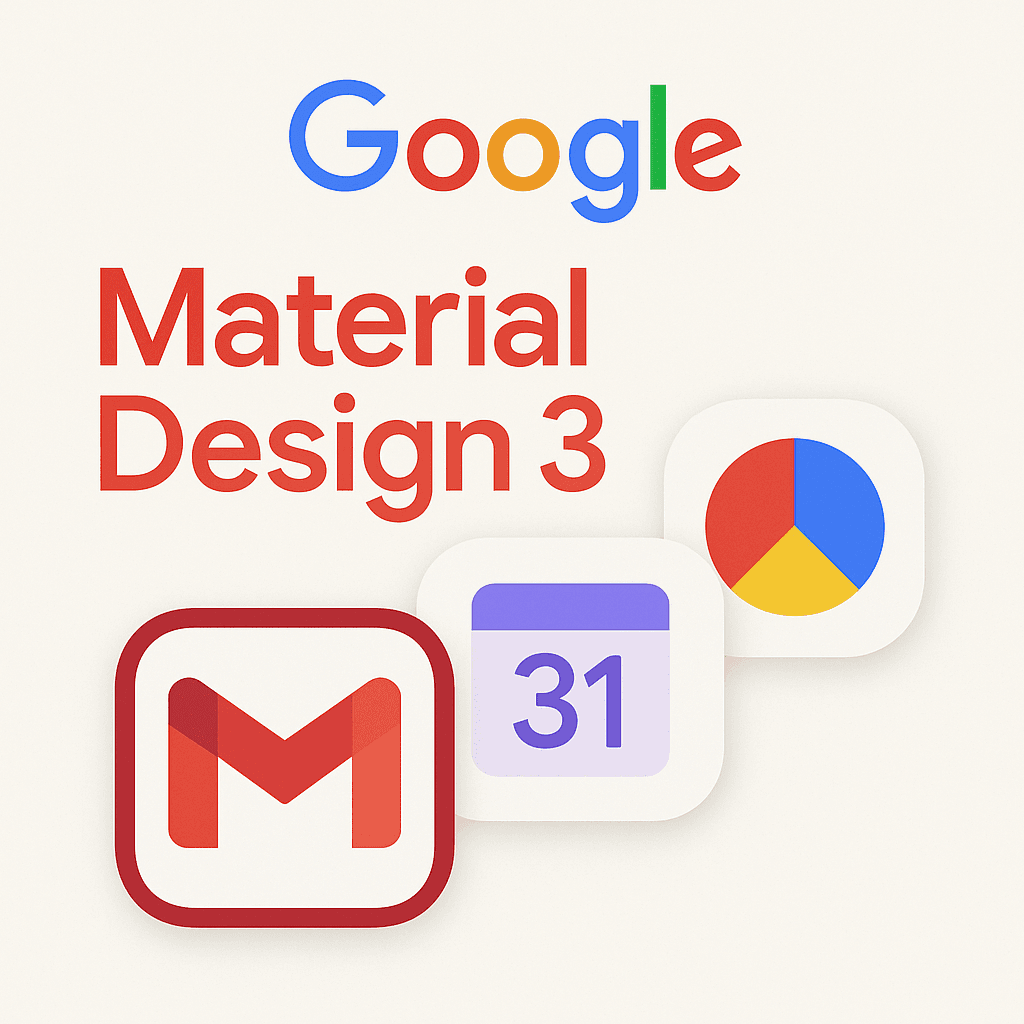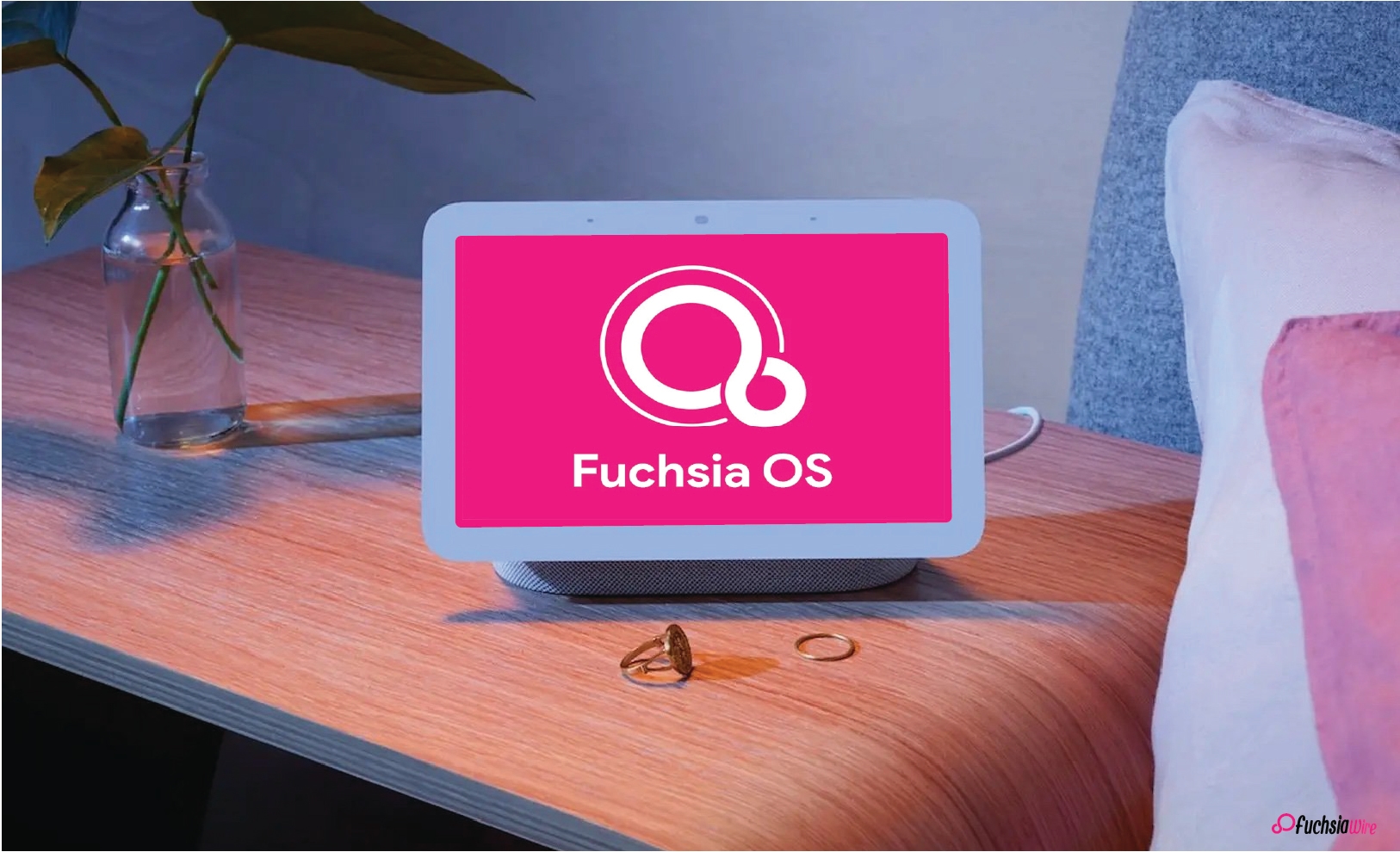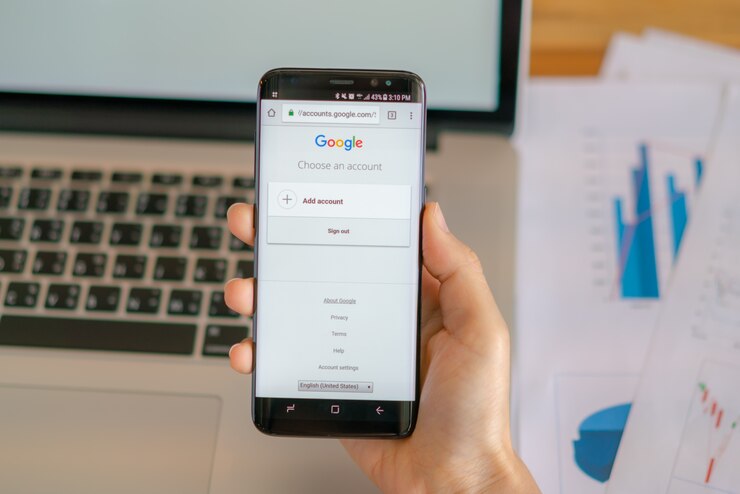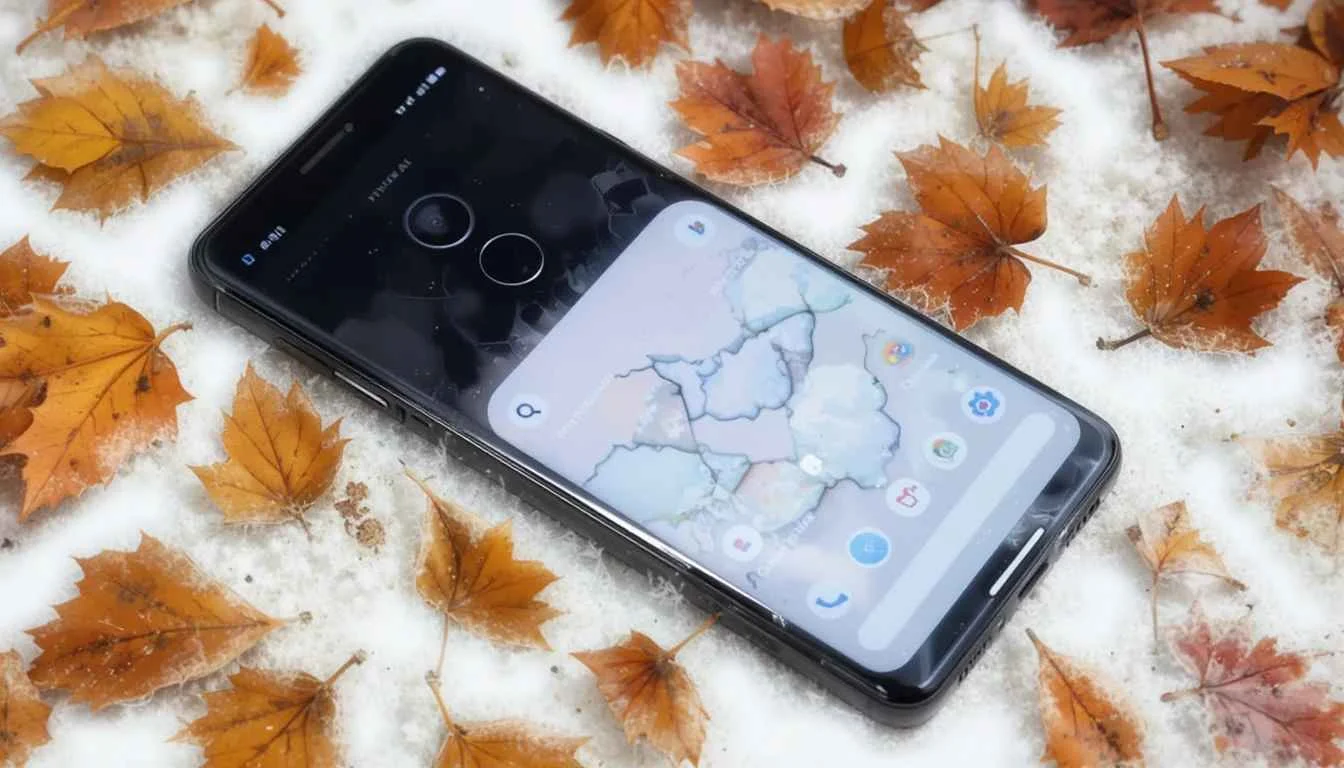Google is continuing its visual evolution with Material 3 Expressive Redesigns, the latest iteration of its Material You design language. With this update comes more vibrant color and a greater expressive nature of components in the interface of a variety of Google apps. They will ultimately permeate the whole Android ecosystem.
This equates to a more customised and graphical interactive experience by the user in and all over the world. Let’s take a look at which Google apps are already sporting the Material You Expressive redesign.
Apps Already Getting Material 3 Expressive
Several key Google apps have already begun their transition to Material 3 Expressive. So, what has been changed briefly?
Google Calendar: The rounding day border has a greater use of Dynamic Color, making your schedule feel more visually structured and personalized.
Google Keep: receiving new card styles and larger, more noticeable action pills. They enhance the quick interaction with your notes and lists.
Phone by Google: With new pill-shaped buttons and updated answer gestures for a cleaner and more intuitive experience.
Google Contacts: Gradually seeing elements adopt the new visual style, contributing to a more consistent look across core communication apps.
The Google Photos: Experiencing subtle UI tweaks aligning with Material 3 Expressive. They focus on improved visual harmony and clarity when browsing your memories.
Google Wallet: Updated with design elements that feel more integrated with the overall Material You aesthetic. It makes transactions and passes feel more visually cohesive.
Gmail: Undergoing a gradual UI refresh, with elements like the bottom navigation bar and compose button adopting the new styling.
Google One: Certain sections of the app are being updated to reflect the Material 3 Expressive design. They provide a consistent experience across Google’s services.
What Has Changed- Core design changes
The transition to Material 3 expressive involves several key visual changes. They aim to create a more engaging and personalized user experience for Android users.
Moving Color Applications
Dynamic Color is even more prominent in Material 3 Expressive Redesigns. You will also be seeing more primary shades on containers and UI elements. They will make the color palette richer and more personalized based on your wallpaper on your device.
Elements in Containers & Increased Contrast
Containerized time slots are demonstrated by the use of applications like Google Calendar. This is where the visual separation between time units is clearer and allows easy identification of various incidents. It is usually accompanied by the use of more contrast-enhancing readability.
What is the Android/ Pixel M3 Expressive full launch date
Google is employing a two-pronged approach to the Google Material 3 Expressive rollout. New UI elements can also be experienced in many Google apps as server-side rollouts and Play Store updates trickle in. It could see you having the newer elements gradually pop up in your current apps.
Pixel devices, being the first in line for Android updates, are currently seeing early implementations and testing through beta programs.
Users with Pixel devices enrolled in the beta program might already be experiencing some of these system-level changes.
What does this imply to users & developers?
For Users
The main user advantage is an Android experience that looks better and reflects their motivation. Dynamic Color gains more coverage, so there is more room for customization, and your device becomes a one-of-a-kind.
Nevertheless, the stronger line of colors and the interface might be a small change to some of these users.
To Android Developers & Designers
Material 3 Expressive involves understanding the updated design guidelines and utilizing components from Jetpack Compose, Google’s modern toolkit for building native Android UIs.
Google has published detailed material on the Material Design site. It includes migration notes and guidance on starting to build with M3 Expressive.
Watch List Apps
While many core Google apps have started their Material 3 Expressive journey, several others are likely to follow suit. Keep an eye out for updates to:
The Google Fit
Google Assistant fronts Google Assistant.
Desktop Mode Android System UI items
Wear OS 6 installations
Conclusion
Although the change is incremental, the shifts we are witnessing on some of Google’s core products give an idea of what the future of Android design and UI resembles.
Keep your apps updated and stay tuned for the full Material 3 Expressive Redesigns as Android 16 and further app updates arrive.
FAQs
What is Material 3 Expressive?
Material 3 Expressive is the latest evolution of Google’s Material You design system. It emphasizes bolder colors, dynamic motion, and more personalized UI components across Android and Google apps.
Which Google apps have the Material 3 Expressive redesign?
Apps currently receiving or having received the update include Google Calendar, Keep, Phone, Contacts, Photos, Wallet, Messages, Gmail, and Google One, with more to follow.
When will my Pixel phone get Material 3 Expressive?
Pixel devices are expected to receive the full, system-wide Material 3 Expressive with the stable release of Android 16 and subsequent QPR updates. The conversions at the app level are being phased out.
Will Material 3 Expressive change app behavior or privacy?
The Material 3 Expressive redesign primarily focuses on visual and interaction changes. It does not need to cause essential changes to app behavior and privacy preferences.
























